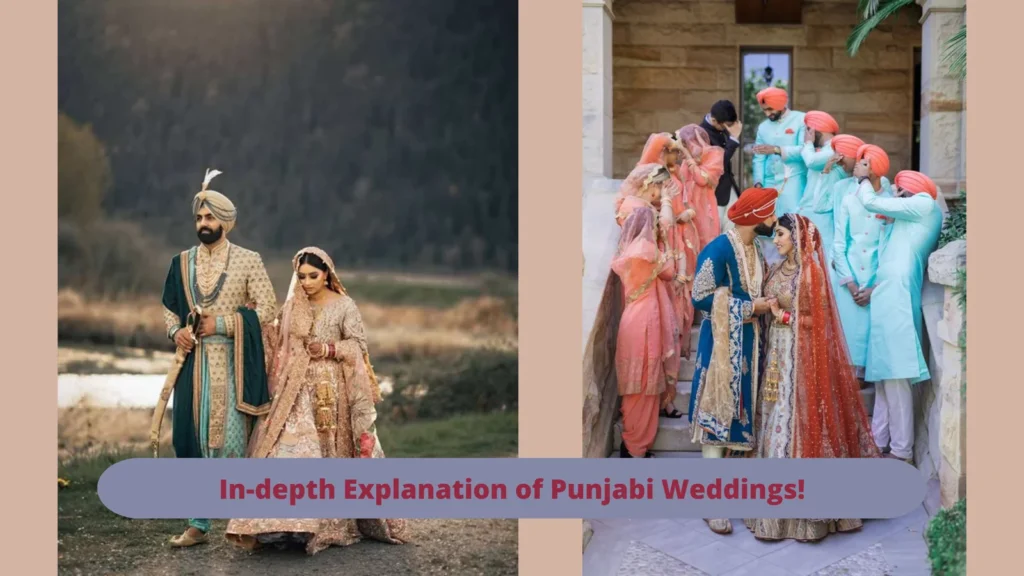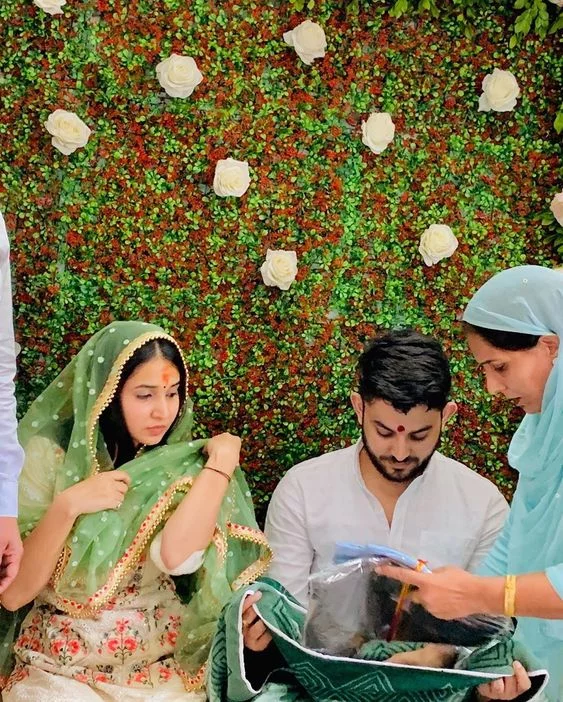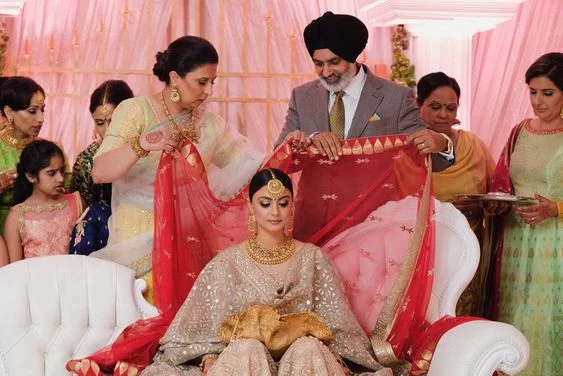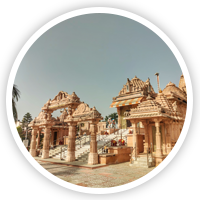
In-depth explanation of Punjabi Weddings!
Punjabi wedding; rich in culture with great rituals and wedding traditions. Let us learn how beautifully Punjabi weddings are created and enjoyed by many families in India. As a future event planner, you must better know every Indian wedding ritual. Enroll in the Wedding planning program of IEM-Institute of event management.

Roka and Thaka
The word ‘Roka’ comes from the word ‘Rokna’, which indirectly implies that now the bride and groom can stop looking out for other wedding prospects and they are fixed in an alliance. The bride’s and groom’s families visit each other’s houses and exchange sweets, dry fruits, savories et al. ‘Thaka’ is a ceremony as part of which the couple is made to sit together and showered with gifts or shagun and is considered as officially engaged.

Chunni Ceremony
The members of the groom’s family visit the bride’s household with jewelry, gifts, sweets, and a red-colored outfit like a saree or lehenga-choli, along with a red chunni or chunri. The chunni is placed over the head of the bride, this ceremony is called chunni chadana.
Mehndi Ceremony
Every quintessential Indian bride cannot ignore the mehndi ceremony and it is an unmissable part of wedding functions. The bride gets henna applied on her hands and feet- usually going all out in selecting the best and most customized designs. Other than the to-be bride other girls and women (married and unmarried) also get mehndi applied. This function takes place at the groom’s and bride’s houses, with their own set of guests.
Sangeet
Sometimes, the sangeet ceremony takes place on the same day, post the mehndi. In some cases, it takes on a separate day altogether. Every element of this ceremony is exquisite, extravagant, and too much fun. Dancing, singing, games, and activities keep the couple and the guests busy.
Chhoddha Chadana
This ceremony includes a havan and all family members take part in this ritual. The maternal uncle/mama and his wife gift a set of 21 bangles (mostly red and ivory) to the bride. The bangles are firstly purified in milk and rose petals and later the mama puts on the bangles for his niece. However, these bangles are immediately covered with a white cloth, as the bride is not supposed to see them. There is the belief that seeing the bangles, before the wedding begins may incur bad luck. A traditional bride adorns these bangles for a month post her wedding.
Haldi Ceremony
This ceremony may take place one day earlier or on the morning of the wedding. On some occasions, it takes place at the bride’s and groom’s home separately, while at times it’s clubbed together. The women of the house apply a mix of rosewater, turmeric, sandalwood, and mustard oil to the visible parts of the bride’s and groom’s bodies. The new-age Haldi ceremonies are full of merriment, dancing, and fun!
Ghara Ghardoli
After the Haldi ceremony. The bride accompanied by her siblings goes to a nearby temple. There, a pitcher of holy water is poured over her and she enters the sanctum sanctorum to seek the Lord’s blessings.
Agwaani and Milni
This is the warmest and most hospitable ceremony of the wedding and Punjabis are definitely known for these two attributes the most!! The bride’s family gives a warm welcome to the groom and his baraatis (guests). This may also include an aarti ceremony. Post this, every family member from the groom’s side meets the corresponding side of the bride’s side. For instance, the groom’s maternal uncle meets the bride’s maternal uncle. There may or not may be an exchange of gifts and sweets during this meeting!
Madhuperk/Madhuperka
This is a very old Vedic tradition. After the jaimala, the bride and groom sit around the fire. The groom is given a bowl of water. He sprinkles some water on his feet, then on his body and= sprinkles some around him. After this, the groom is given a sherbet or madhuperk made of clarified butter, curd, honey, and some essence to drink. He sprinkles some in all directions before sipping on it.
Mangal Phere
The couple has to circle around the sacred fire seven times. For the first three rounds, the bride leads from the front, and for the remaining rounds, the groom leads. Every round is symbolic and with every vow, the couple is supposed to take a vow toward their married life, while the priest recites mantras. After this end, the priest declares them married.
Paani Vharna
When the newlywed couple reaches home, the groom’s mother does the bride’s aarti with a pitcher of water. After each circle, the bride’s mother-in-law attempts to take a sip of water, however, the bride prevents her from doing so, until the seventh attempt. The bride then overturns a pot of rice or Kalash, with her right foot and enters the house.
Pag Phere
A day after the wedding, the newlyweds are invited by the bride’s family for a small gathering or dinner. Close friends and family of the bride are present at this get-together. A day after the wedding, the newlyweds are invited by the bride’s family for a small gathering or dinner. Close friends and family of the bride are present at this get-together.
If you are really into event management and want to try it, the IEM-Institute of Event Management is the Best Event Management which provides a vast study structure in events, practical training, workshops, and internships. Get a free counseling session, which will help you solve your career-related doubts. Also to learn about the full details of Hindu wedding rituals, get enrolled in the Wedding Planning courses provided by IEM.
For more information you can call us at 0522-2396988, 8077626751 / Visit us: 2/156, Vivek Khand 2, Gomti Nagar Lucknow, Uttar Pradesh, India 226010 or Follow us: https://linktr.ee/instituteofeventmanagement
If you are really into event management and want to try it, the IEM-Institute of Event Management is the Best Event Management which provides a vast study structure in events, practical training, workshops, and internships. Get a free counseling session, which will help you solve your career-related doubts. Also to learn about the full details of Hindu wedding rituals, get enrolled in the Wedding Planning courses provided by IEM.
For more information you can call us at 0522-2396988, 8077626751 / Visit us: 2/156, Vivek Khand 2, Gomti Nagar Lucknow, Uttar Pradesh, India 226010 or Follow us: https://linktr.ee/instituteofeventmanagement








